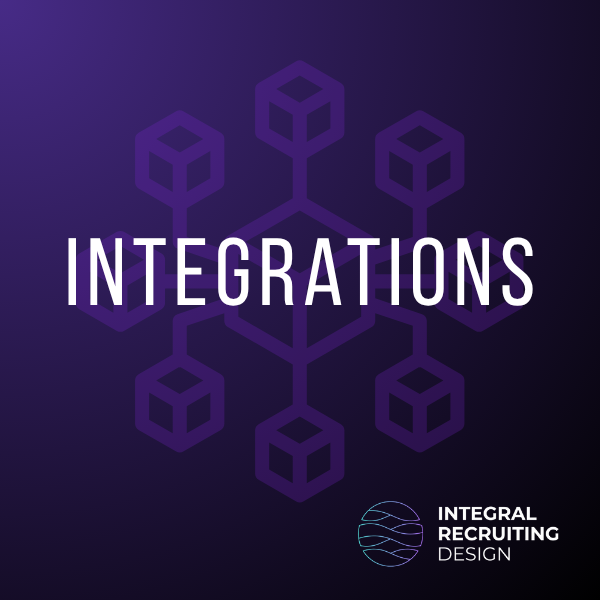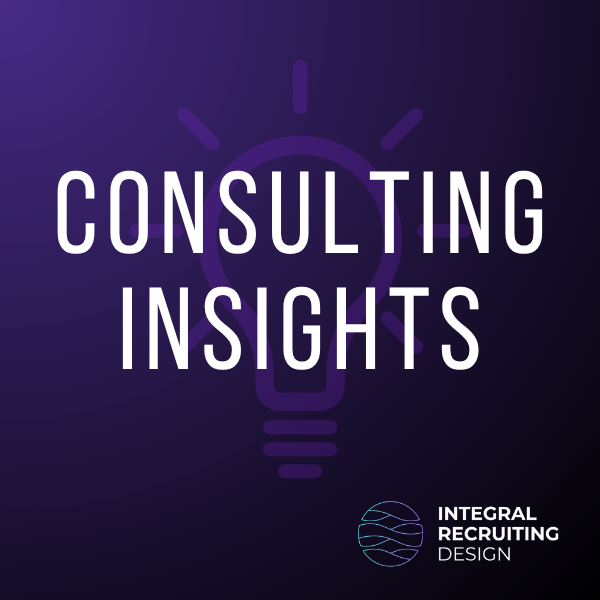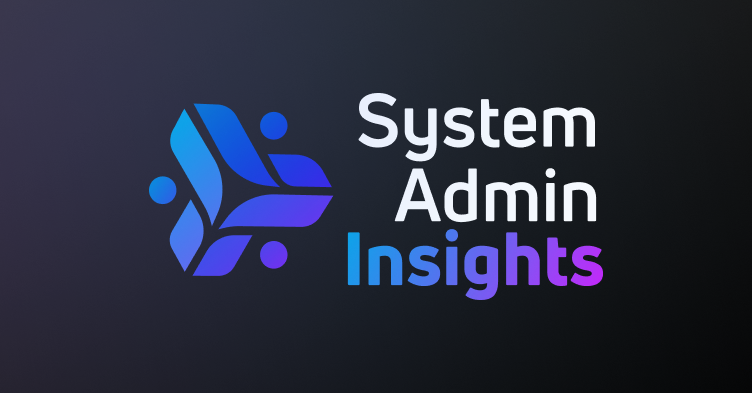TA leaders are being asked to do more with less—and to prove the ROI of every tool in their tech stack. Reducing Time-to-Fill (TTF) is one of the most effective and measurable ways to turn your iCIMS platform into a driver of business value, not just a recruiting utility.
The Real Cost of Unfilled Roles
Every day a role sits open, your business loses momentum. The team picks up the slack, stretching capacity and increasing the risk of burnout. Projects are delayed. Opportunities are missed. While recruiting budgets track things like ad spend or agency fees, the indirect costs of hiring delays—lost productivity, slower speed to market, employee attrition—add up quickly and often go unaccounted for.
Time-to-Fill Drives Real ROI
When Time-to-Fill goes down, operational efficiency goes up. Recruiters become more productive, requisitions close faster, and teams return to full strength sooner. What might look like a few days shaved off the process actually translates into substantial savings.
The biggest inefficiencies often come from within: unclear workflows, poor visibility, or underuse of ATS features. These are solvable problems, and they’re particularly solvable within iCIMS because the platform’s high degree of configurability makes it well-suited for isolating inefficiencies and resolving them. From custom workflows to granular reporting, iCIMS allows organizations to adapt the system to fit their operational realities and surface actionable insights that improve hiring velocity.
Getting the Definition Right
Time-to-Fill might sound like a simple metric, but in practice, it’s often miscalculated. We’ve worked with organizations that overestimated their TTF by a factor of two—twice as long as the actual timeline—because of unclear start points, inconsistent exclusions, legacy reporting configurations, or failure to exclude statistical outliers that skew averages and distort baselines.
Whether you’re measuring from requisition approval or job posting, and whether evergreen reqs and long-term vacancies are included in the calculations, these decisions matter. They shape your baseline and directly impact how you measure progress and prove ROI.
Getting this right isn’t just about clean data—it’s about aligning your measurement with best practices so you can take meaningful action. For a deeper dive on how to standardize this critical metric, read our article on Revealing True Metrics for Strategic ROI Optimization.
The Financial Upside
At scale, the savings are undeniable. A healthcare organization with 10,000 employees realized over $800,000 in cost recovery with just a 10% reduction in Time-to-Fill. That came from fewer sourcing cycles, more efficient recruiter time, and a significant drop in downtime from vacant roles.
You can estimate your own organization’s savings using our ROI Calculator. The results are often eye-opening.
Technical Optimization: The Foundation for Faster Hiring
Getting the most out of iCIMS starts with the technical foundation. Streamlined workflows remove friction at every step. Entrance criteria guide recruiters to begin each search with clarity. Candidate rediscovery tools help surface previous top contenders before sourcing from scratch. And approval workflows should move swiftly, with no black boxes or mystery delays.
Smart dashboard reporting is essential. Configured correctly, dashboards can surface candidates stuck in a status too long, alerting not just the logged-in recruiter but also their supervisor—based on your org hierarchy—and rolling up across teams or business units using profile link fields. These real-time insights allow for targeted, immediate action and empower managers to actively support progress across their teams.
Recruiter Training: Turning Tools into Results
An optimized system is only as effective as the people using it. Recruiters need more than access—they need fluency. Too often, we see iCIMS used as a means to an end. The platform becomes something recruiters tolerate rather than trust. Whether said aloud or not, recruiters can come to view their ATS as a “necessary evil,” and not as a tool that helps them do their job more effectively.
This perception usually stems from a poorly configured system, one that feels like extra work instead of a tool that drives results. The good news is that small, strategic changes can shift that perception significantly. When iCIMS is set up to support recruiters rather than slow them down, it becomes a place where they succeed because of their activity in the system—not in spite of it.
That shift starts with configuration and ends with strong change management and training. Recruiters need to be coached to navigate the platform with speed and accuracy, understand automation features that save hours of manual work, and know how to act on real-time data at their fingertips. A trained recruiter using iCIMS understands automation features that save hours of manual work, and learns how to read and act on the real-time data at their fingertips. These aren’t just technical skills—they’re strategic enablers. A trained recruiter using iCIMS to its full potential can drive outcomes that far surpass baseline performance.
Process Design: Bringing it All Together
Hiring timelines are shaped by systems and people, but also by process. When those processes aren’t aligned, even the best recruiters and tools will under-perform.
That’s why successful optimization efforts include process refinement. Defining hiring stages clearly, setting internal service level agreements, and implementing strong pre-qualification strategies all contribute to hiring momentum. When everyone is working from the same playbook—and the system is reinforcing that playbook, results follow.
The 0.8x Rule: A Simple Way to Forecast Savings
Internal consulting benchmarks suggest a strong correlation: for every 1% reduction in Time-to-Fill, organizations typically see up to a 0.8% decrease in cost-per-hire. A 25% improvement in TTF? That’s a 20% cost reduction. Cut your TTF in half, and you may reduce costs by as much as 40%.
This model assumes that some hiring costs are fixed (like licenses and salaries), but others—like job ads, sourcing tools, and productivity losses—scale directly with time.
Beyond Dollars: Strategic Benefits
The value of faster hiring extends well beyond cost savings. A shorter process improves candidate experience, which leads to better offer acceptance rates. Recruiters, freed from administrative friction, can focus more time on relationship-building and quality assessment. That translates to stronger hiring decisions and faster onboarding.
Organizations that move faster also compete better. When you can make an offer before your competitors even schedule a second interview, you win the race for talent.
From Cost Center to Strategic Engine
When you align your platform configuration, recruiter capability, and hiring process strategy, Time-to-Fill drops and ROI rises.
At IRD, we help organizations turn iCIMS into a true strategic advantage. Not by adding more tools or forcing more process, but by refining what’s already in place to work harder, smarter, and more in sync.
Ready to see what you could be saving? Run your numbers. Then let’s talk about how to turn those savings into a long-term advantage.




